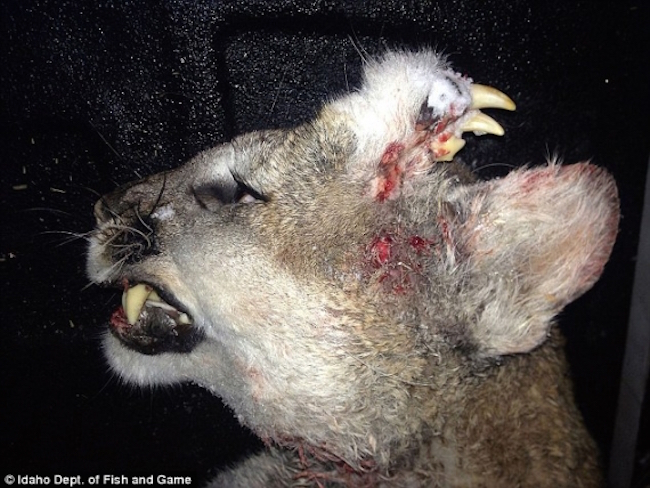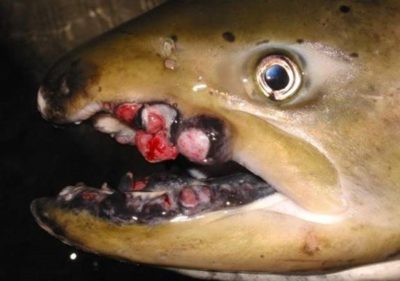Seaborne Cesium 134, a radioactive isotope released by the 2011 Fukushima disaster, has been detected on the US’ Pacific coast for the first time by independent researchers.


Researchers from the Woods Hole Oceanographic Institution (WHOI), a crowd-funded team of scientists, announced yesterday that they had detected, for the first time, seaborne cesium 134 in seawater on the shores of Tillamook Bay in Oregon. The group has been monitoring the waterborne radiation as it extends from Fukushima across the Pacific for years. According to WHOI as well as other scientists, cesium 134, a dangerous and carcinogenic radioactive isotope, could only have originated from the Fukushima disaster due to its short half-life, or rate of decay.

The samples themselves contained 0.3 becquerels/m3 of the isotope, a relatively small amount that some researchers and corporate media outlets say poses “no risk to humans or the environment.” However, there is no such thing as “safe” amounts of radiation, which is particularly true of radioactive cesium as it imitates potassium within the body. Japanese citizens were also told there was nothing to worry about, despite the fact that cancer rates have spiked since the incident.
The real and unstated danger here is that of bioaccumulation. Bioaccumulation refers to the gradual build-up over time of chemicals in an organism, absorbing the substance at a faster rate than it is excreted.
Now, that Fukushima radiation has reached the US, those living on the West Coast or eating fish from that region could be at risk if they consume radioactive water or fish as all consumed cesium would remain in their body, continuously causing damage until it is excreted.
Children are said to be especially at risk. Another reason why there is cause for concern is that these samples were actually collected in January 2016 and not tested until recently, suggesting that landfall may have happened earlier than thought. This, in turn, would also mean that higher levels of cesium as more of Fukushima’s radiation has made contact with Western coastal shores in the months since as researchers have said that radiation will not “peak” until well after the plume’s initial landfall.
No matter how often the Japanese government, TEPCO, or the corporate media say that radiation from Fukushima is nothing to worry, ignoring a problem does not make it go away.
The world’s oceans, particularly the Pacific Ocean, are in the midst of an unprecedented crisis as mass die-offs of fish and coral are signaling that something is horribly wrong. These trends, combined with the devastating effects of over-fishing, led the World Wildlife Fund to recently warn that all marine life could die out before the year 2050, less than forty years from now.
It is incredible that a nuclear disaster that has leaked 300 tons of radioactive water into the ocean every day for the last five years could have no effect on the massive environmental crisis unfolding before our eyes.
Until Fukushima’s consequences are acknowledged and treated with the concern they clearly merit, we will continue to be unable to understand the true scope of the problem.
What are your thoughts? Please comment below and share this news!
Related articles:
Fukushima Has Now Contaminated Over 1/3 Of The Worlds Oceans (And It’s Getting Worse)






The Japanese government needs to be held accountable, this needs world action immediately above all else!!!!
The photo of the salmon is from a fish pathogen website many years prior to Fukushima …. 2004 …. fishpathogens.net/image/cbchstumors2jpg
Comments are closed.